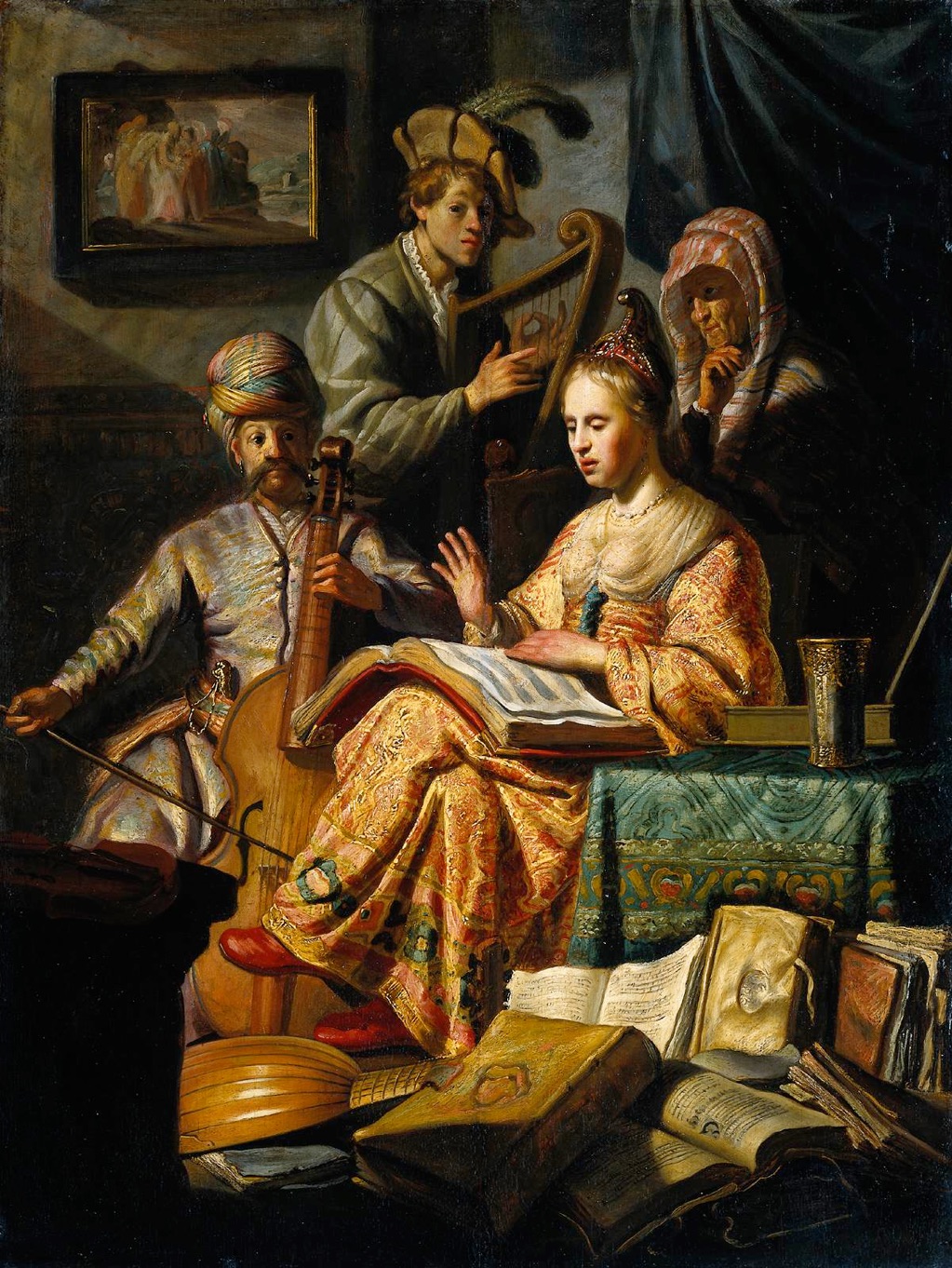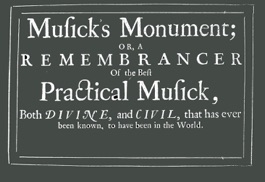SASKIA UYLENBURGH - REMBRANDT & ADRIAEN VAN RIJN
SCHOONEN BRANT (LORD WILLOUGHBY’S WELCOME HOME - JOHN DOWLAND)
AEFGEN VAN GIBLANT ALBUM AMICORUM
PAULA BAR-GIESE - SOPRANO
HANS MEIJER - LUTES
ALBUM GIBLANT DIPLOMATISCH - DR WILLEM KUIPER.pdf

What sounds resonated in Rembrandt’s mind as he painted, and what music echoed trough the chambers of the indomitable artist and his innermost beloved Saskia when their happiness still seemed boundless? What songs were sung in Rembrandt’s latter years, when Hendrickje Stoffels was at his side? Because it is a fact that music was performed not only at the court but often in domestic circle as well. What lyrics were sung to what melodies in the heydays of the Golden Age?
Undoubtedly the war, which had stirred emotions for eighty long years, had its influence on these matters. For who of the inhabitants of the eventually in 1648 internationally recognised sovereign Republic of the Seven United Netherlands hadn’t turned against the accursed Spaniards and who hadn’t cried out for freedom of religion, even if not everyone agreed on what it entailed. Certainly the renowned Beggars lustily expressed their mood and made their sentiments known during all those years; of their rich repertoire tens of songs were noted down by Adriaen Valerius in his ‘Nederlandtsche Gedenck-clanck’ in 1626. It is fair to assume that Rembrandt was in possession of one of its copies, since this costly book was aimed at an audience which was willing to pay for the history of the United Netherlands and which continued to support the uprising. In any case music was part of Rembrandt’s life as witness his painting ‘Musical Allegory’ (1626), which, in addition to a lute, features a music-book containing -as was common in those days- the noted music that had come to the proud owner’s attention. The best known hand-written and also largest lute book in the world containing transcriptions of music from various countries at the dawn of the Golden Age, is that of the Contra-Remonstrant preacher and music lover Adriaen Smout, who was banned from Amsterdam and put on the track boat by the city’s Remonstrant rulers in 1630 on account of his irreconcilable attitude. This folio, later known by the name ‘Thysius’ Lute Book’, completes the image of the musical framework within which Rembrandt and Saskia lived.
MA Natascha Bär, art historian
March 2012
SASKIA UYLENBURGH - Paula Bär-Giese soprano & virginal
ADRIAEN SMOUT - Hein Hof organ & harpsichord
SASKIA & REMBRANDT CONCERT
Musical Company, Rembrandt Harmensz. van Rijn, 1626
enlarge with music
kunsthistorica
juli 2011
The Stichting Musick’s Monument produces Historical Art Productions, partly in association with scholars from the Chair of Humanities of the University of Amsterdam (UvA). Pictures, music and text are integrated: You will hear music from the same period and the same area of origin as the visual materials; these are supplemented with explanatory text. From this combination evolves something like a Gesamtkunstwerk (a total work of art), a complete new way of digital art presentation .
INFO STICHTING MUSICK’S MONUMENT





















